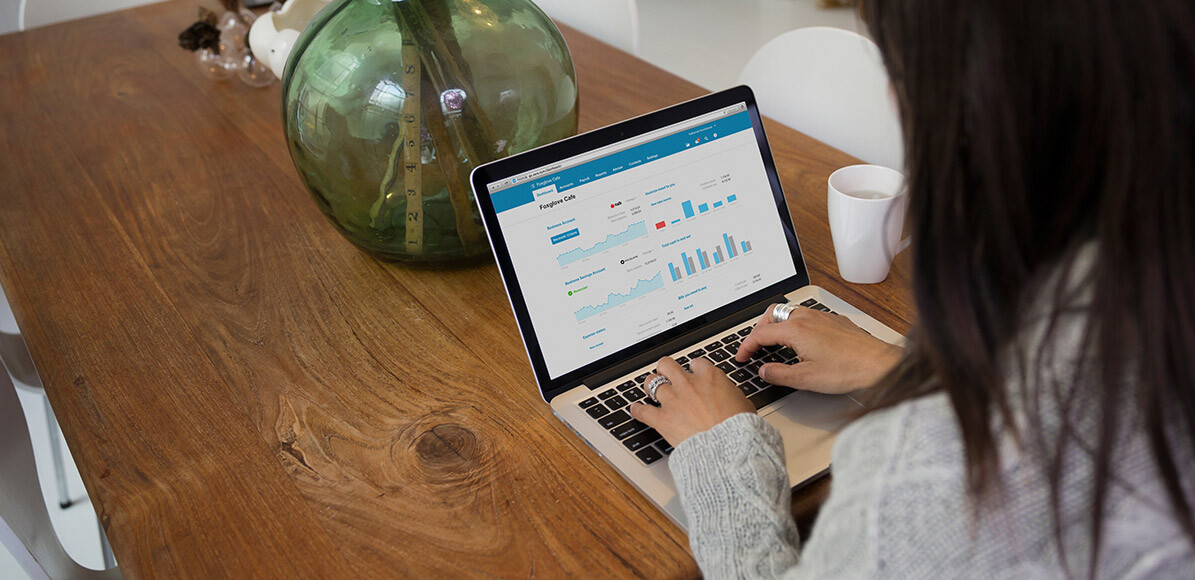With a whole fiscal quarter left to go in 2016, it might seem premature to begin planning for next year’s budget. Yet now is the time when many of your potential clients will be drawing up their own budgets for 2017, which means that you’ll need to start thinking ahead and reaching out to them before they finalize their plans. Get ahead of your competition and start thinking about these three crucial topics for next year.
Create a Budget
Once your third quarter results come in, you, your key team players and accountant should have enough information to create an in-depth business budget. Creating a budget is especially crucial for new small business owners, many of whom are focusing more on the short term and the daily operations of their business. However, to plan for future growth intelligently, you need ideas about the size and source of the funds that you’ll be receiving.
Budgeting is the most effective way to control your cash flow, allowing you to invest in new opportunities at the appropriate time. Ideally, your budget should include factors such as:
Projected cash flow. Your cash budget projects your future cash position on a month-by-month basis. Budgeting in this way is vital for small businesses as it can pinpoint any difficulties you might be having. It should be reviewed at least monthly.
Costs. Typically, your business will have three kinds of costs:
- Fixed costs, such as rent, salaries and financing costs.
- Variable costs, such as raw materials and overtime.
- One-off capital costs, such as purchases of computer equipment or premises.
Revenues. Sales or revenue forecasts are typically based on a combination of your sales history and how effective you expect your future efforts to be.
Budgeting is a strategic activity. It’s a chance for you to review your company’s performance thus far and to use those insights to create a roadmap for its future.
Outline a Cash Flow Strategy
Cash flow is vitally important, because if money isn’t coming in, then there’s little use in contemplating the other financial aspects of your business. Ideally, you should always have between 10 and 20 percent of monthly revenues available, so that you can reinvest that money when business is booming and use it as a rainy day fund when it’s not.
Have a strategy for maintaining a steady stream of cash for your business. Be constantly aware of all your expenses, and look at ways that you can increase sales — by bundling products and services together, for example, or by encouraging repeat customers.
Prepare a Cash Flow Forecast
One of the ways to have more control over your cash flow is to draw up a cash flow forecast. This document is a detailed description of your projected income and expenses for the next year, and how your cash on hand will change throughout the year as you make and receive payments. A forecast is distinct from a budget; the former is intended to predict the future, while the latter is intended to plan for the future and any unexpected outcomes that it may contain. Cloud based accounting software such as Xero can help you view your cash flow in real time and make adjustments to your forecast as new developments arrive.
Preparing a cash flow forecast in advance is a great way to anticipate the high and low periods of your business and can help you plan for any potential shortfalls. In particular, if you plan to apply for a loan, banks will be looking at your cash flow forecast to ensure that you are stable financially and that you can repay the loan on time.

